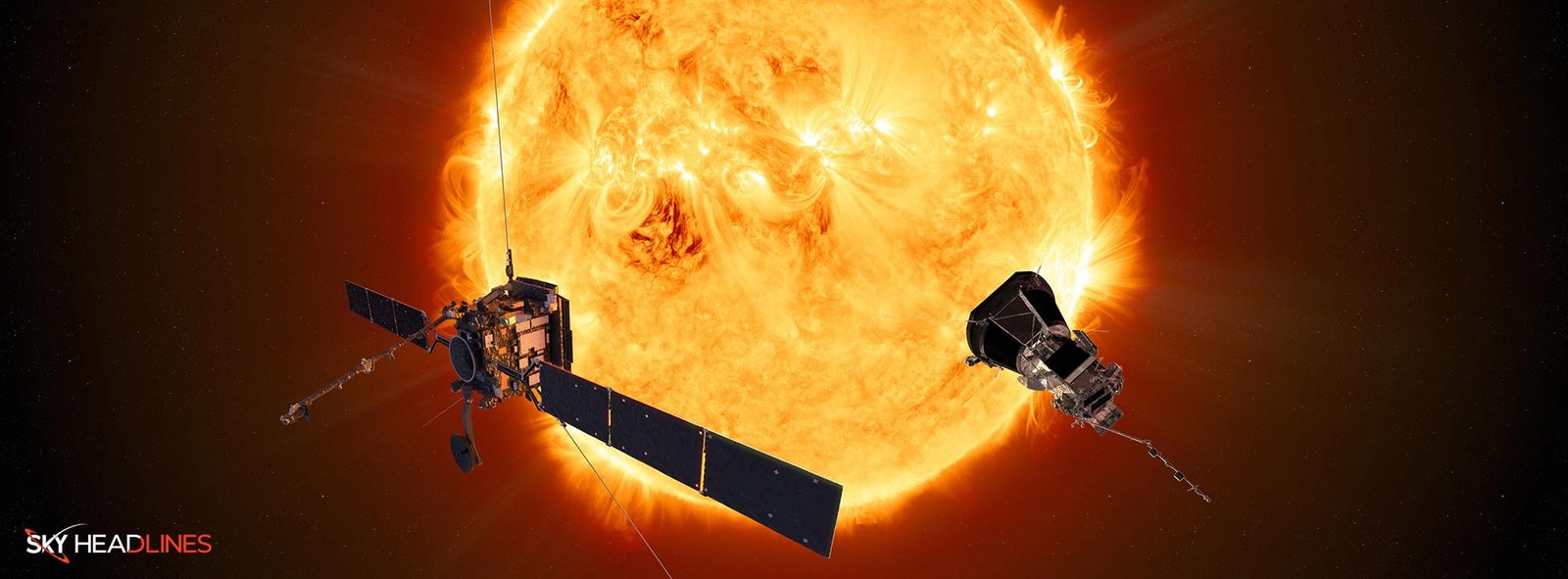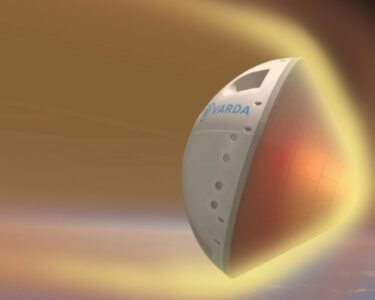Solar Orbiter and Parker solar probe are two programs by NASA intended to analyze the atmospheric situations at the Sun.
What were the objectives of the Parker solar probe?
NASA launched the Parker Solar Probe on its quest, along with the ESA solar orbiter, to investigate the Sun within close vicinity. The moniker Parker Solar Probe honors Eugene Parker, who created the hypothesis of solar winds back in 1958.
On the 12th of August 2018, the Parker Solar Probe was introduced. It travels in an exceptionally elliptical course, with gravitational assistance from Venus, bringing its perihelion nearer to the Sun every time it passes. The objective is to maneuver the spacecraft to pass 9.5 solar radii away from the corona. The main scientific procedures are carried out in the area of the orbit colored red, while the spacecraft is 0.25 astronomical units (AUs) from the Sun. The orbit of the Parker Solar Probe gradually disappears after its projected conclusion to its flight in 2025.
“It can’t look at the Sun directly,”
says Müller.
“It only has a camera pointing sideways, where it can look without burning.”
What is the scientific process for solar orbiters?
While for precise solar tracking, the solar orbiter moves its orbit perihelion, the point nearest to the Sun to a location within the orbit of Mercury via an assortment of gravity aids from both the Earth and Venus. Whenever the probe is 0.5 AUs from the Sun, Solar Orbiter’s principal scientific investigations are carried out.
A couple of weeks following its release, the Parker solar probe achieved a historic milestone by passing inside 26.55 million miles of the solar terrain. This made it the closest and fastest man-made spacecraft ever. The probe reached a maximum speed of 153,454 miles per hour.
What are some key contrasts between solar orbiters and parker probes?
The total mass observed for Parker solar probe is 685 kilograms. While for the solar orbiter, the total group counts 1800 kilograms which is almost three times greater than the solar parker. Considering the temperatures of both, the Parker probe is able to tolerate a temperature of up to 2500 degrees Celsius while for solar orbital, it is only 500 degrees Celsius. Parker probe uses only one remote instrument while the solar orbiter employs 6 remote instruments.
Instrumentation and data collection in the solar orbiter
The array of equipment on the solar orbiter detects solar wind plasma, spheres, crests, and energetic elements at sufficient distances from the Sun. This is so to assure that these elements are still largely undamaged. Solar orbiter observes the Sun from as much as 24° of latitude throughout the typical cruise. Solar Orbiter will see the polar regions from stellar latitudes greater than 30° following within eight years, as opposed to 7° at most from Earth.
“The results published today demonstrate the variety of solar science that the mission is making possible, and signals the wealth of data that is now flowing back to Earth.”
says Yannis Zouganelis, ESA Deputy Project Scientist for Solar Orbiter.
What is the significance of both the solar orbiter and the Parker probe’s missions?
In addition to achieving its own scientific objectives, the solar orbiter will offer pertinent knowledge to enhance the comprehension of the Parker solar probe’s actual findings. Collectively, the two different probes will gather complementing collections of data. Resultantly, it will be possible to extract additional scientific information from both explorations than each might have done on its individual mission.
Scientists will understand in greater detail about the solar system and how to lessen the possibility of its disrupting the technologies we use on Earth by the conclusion of the European Space Agency’s solar orbiter expedition compared to ever earlier.





